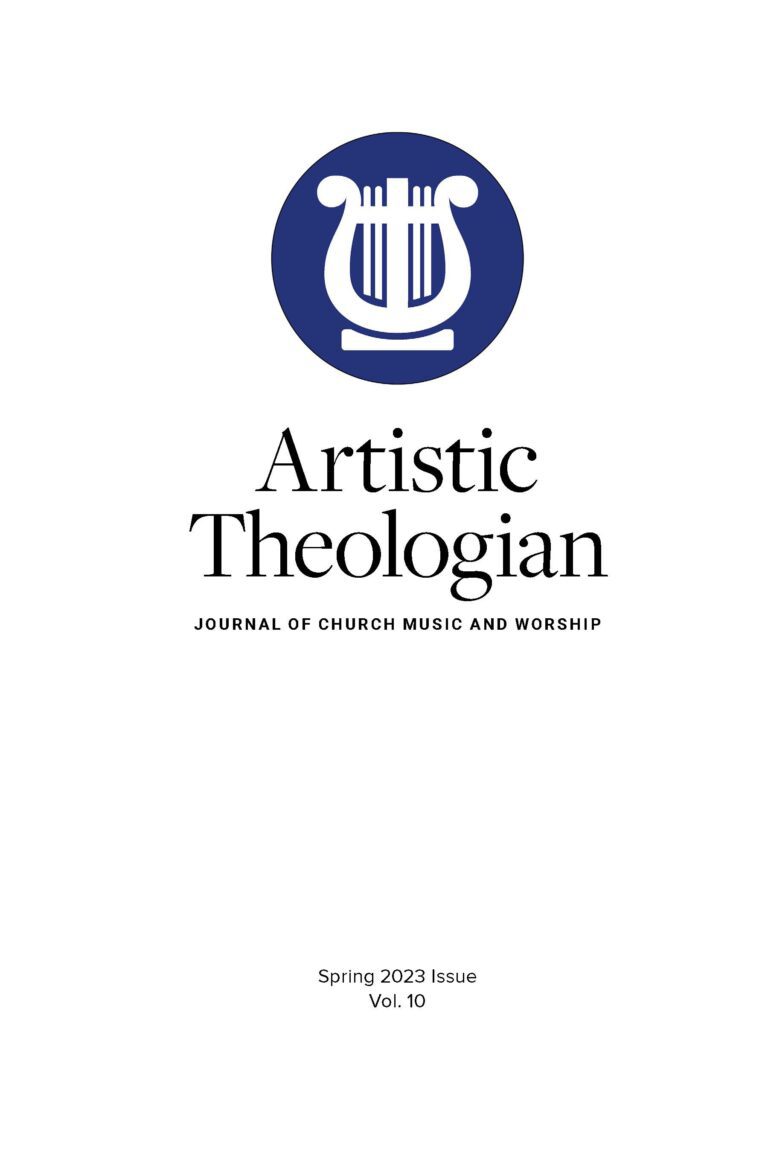
Lim, Swee Hong, and Lester Ruth. A History of Contemporary Praise & Worship: Understanding the Ideas That Reshaped the Protestant Church. Grand Rapids: Baker Academic, 2021. 350 pp. $30.99.
Methodist scholars Lester Ruth of Duke Divinity School and Lim Swee Hong of the University of Toronto have been researching the field of Contemporary Praise & Worship for years, and together they published Lovin’ on Jesus: A Concise History of Contemporary Worship in 2017. Ruth and Lim are trustworthy, expert authors, and they employ comprehensive historical research in this excellent follow-up book.
To begin, the authors assert that the worship style of Contemporary Praise & Worship has become the “standard operating practice” (1) in Protestant congregations across North America today. Their purpose in this volume is to show how Contemporary Praise & Worship is the merging of two multifaceted liturgical theologies known as “Praise & Worship” and “Contemporary Worship.” Many other attempts only focus on one possible source of this liturgical style, such as the Jesus People, baby boomers, or the Charismatic Renewal movement (xv). Lim and Ruth pinpoint the scriptural basis for the Praise & Worship movement as Psalm 22:3 and call it the “Gift River.” They define the scriptural basis for Contemporary Worship as 1 Corinthians 9:22b and call it the “Gap River” (3). They aim to show how these two scriptures drove the theologies behind these two rivers, starting in the 1940s. Each river sometimes met and influenced the other, until the 1990s when “the two rivers melded into one” (3).
The clear structure of the book is helpful. Part one traces the history of Praise & Worship. Part two traces the history of Contemporary Worship. Part three describes the confluence of Praise & Worship and Contemporary Worship into Contemporary Praise & Worship. There is a helpful appendix that summarizes the two histories in parallel columns (311–14).
Chapter 1 retells the story of Reg Layzell, a Canadian Pentecostal preacher, who was drawn to Psalm 22:3 in January 1946 (9). Psalm 22:3 reads, “But thou art holy, O thou that inhabitest the praises of Israel” (KJV). Layzell received this verse as a divine promise, “As you praise me, I will be present with you” (11). Through his association with the Latter Rain movement, Layzell’s theology of praise influenced many others (39). Chapters 2 and 3 illustrate how the channel of Praise & Worship eventually “spilled beyond its Latter Rain origins” to influence a variety of adopters (85). Chapter 4 describes Praise & Worship’s developed theology and four core beliefs by the era of 1985–1995 (128) and the five settled practices of Praise & Worship (132–37).
Chapter 5 explains how the starting point for the Contemporary Worship ideology was not a single, clear “headwater,” like Reg Layzell, but rather “several subtle outlets for subterranean groundwater” (170). Eventually, organizations like Young Life and Youth for Christ (186–88) started utilizing music and large events to reach youth with the gospel. Chapter 6 analyzes the first wave of contemporary worship from 1965 to 1985, including youth musical composers like Ralph Carmichael. In Chapter 7, the authors examine the second wave of Contemporary Worship from 1985 through the mid-1990s. They show how Church Growth move- ment pastors Bill Hybels, Rick Warren, Walt Kallestad, and Mike Slaughter had a “theological commitment” that “led to Contemporary Worship as we have known it over the past several decades” (268).
In every chapter, the authors support their thesis that these two rivers were defined and carried along by the distinct ideas of “presence” and “purpose” (xiii). They note when influential individuals referenced the key scripture of Psalm 22:3, citing James Beall (31), Judson Cornwall (71), and Buddy Owens (161). They also cite Contemporary Worship adherents alluding to 1 Corinthians 9:22, including Torrey Johnson (189), Thurlow Spurr (203), Ralph Carmichael (206), and the Church Growth movement pastors (266).
By the end of the book, Lim and Ruth show the clear convergence of Praise & Worship and Contemporary Worship. Their “neologism” of Contemporary Praise & Worship describes the current practice better than many of the other terms.
In this comprehensive work, there is much to learn and not much to critique. The authors adhere to their purpose of providing a “descriptive history, leaving to another time the task of assessing” if Contemporary Praise & Worship has been good or bad for the church (xiv). However, they do occasionally provide opinions. At the end of Chapter 4, they express their concern of the “danger” that Praise & Worship, and now Contemporary Praise & Worship, can be “adopted without its grounding in a biblical theology” (155). Perhaps one helpful addition would have been a more thorough summary of Lovin’ on Jesus, to help the reader know more precisely the difference between this book and their former book.
This book is certain to be the definitive history of Contemporary Praise & Worship music for years to come. Not only did Lim and Ruth clearly show the development of the two streams and their convergence in the end, but the research and methods they used to do so are convincing. They conducted ninety-three interviews with eighty-seven people and consulted hundreds of additional primary and secondary sources. The book is scholarly in approach, including copious helpful footnotes, yet the writing style is effortless and engaging. It is a useful textbook for graduate worship studies, though it may be too dense for undergraduates. Those teaching congregational song or worship studies at any level should read and learn from this book to teach well on the subject.





